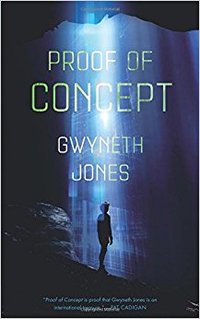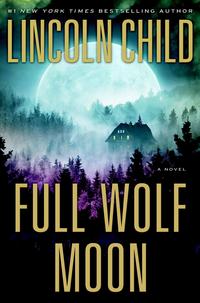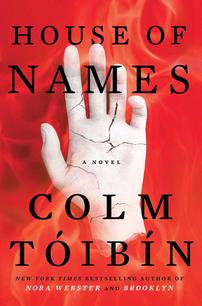Proof of Concept by Gwyneth Jones
 Friday, May 19, 2017 at 10:40AM
Friday, May 19, 2017 at 10:40AM 
Published by Tor.com on April 11, 2017
Proof of Concept begins with a chunk of expository writing that explains both the premise and the Earth’s current condition. The exposition feature too many exclamation points and graceless sentences like this one: “Things weren’t going too well for life on Earth, in the Population Crisis — once known as the Climate Change Crisis, but population pressures driven by climate change had long ago become the really obvious issue.” It’s really obvious that the sentence could have used a good trimming. Quite a few clichés (“a mystery wrapped around an enigma”) could also have been profitably excised from the introductory text. Sadly, this is the kind of writing that gives science fiction a bad name.
In any event, the story builds on the discovery of a vast cavern deep below the surface of the Earth, which is an ideal place for a Needle that will permit interstellar travel, or multiverse travel, or so its inventors hope. Kir, who has an AI implanted in her brain, is one of the residents living in a framework surrounding the Needle.
Kir seems less interested in the Needle than in having petty arguments with her virtual lover Bill (among others), and feeling petty slights when people do not see everything from her perspective. She is, in short, a drama queen.
There are nuggets in Proof of Concept that could have been fused into an interesting story, but Jones too often relies on science fiction buzzwords like Thought Crime (shades of Orwell!) and baby permits and VR sex and Information Space and Extreme Population Control and Hives (population clusters, not the skin disease) rather than developing something original. A good bit of what passes for a story strikes me as gibberish. Sadly, none of the rehashed concepts come together in a way that could be remotely described as interesting.
NOT RECOMMENDED



